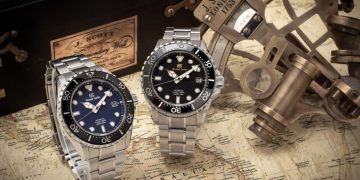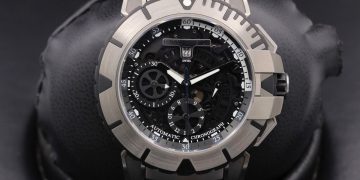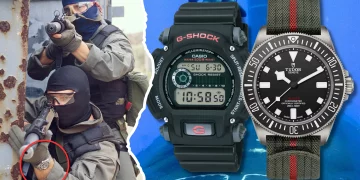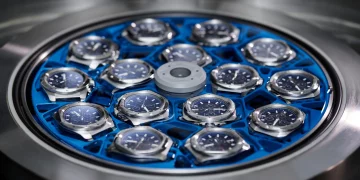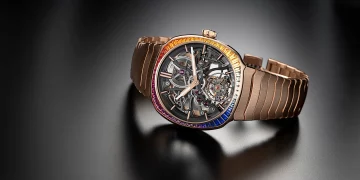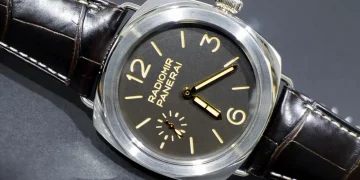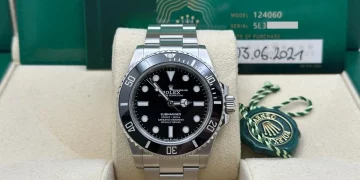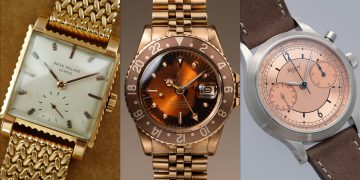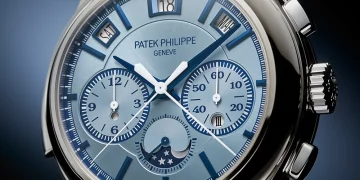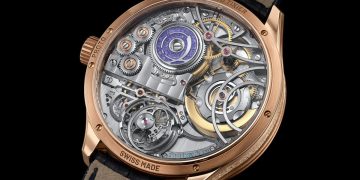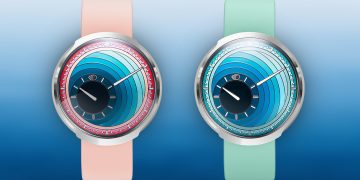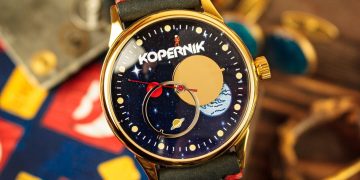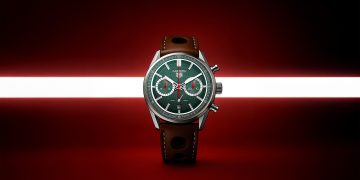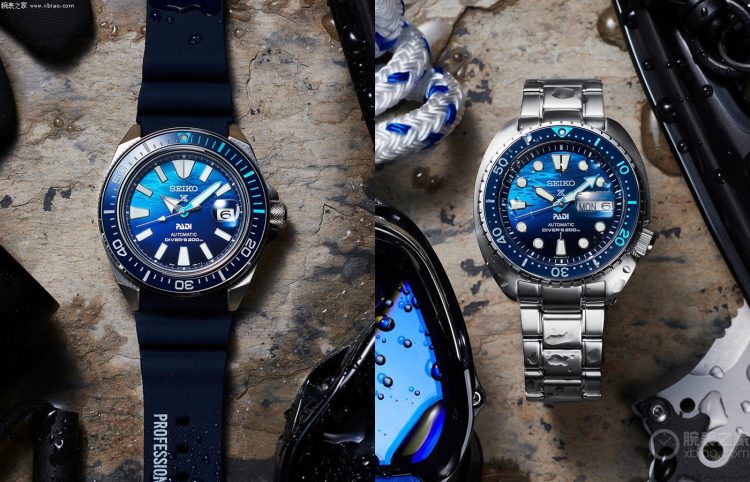Introduction: Two Icons of Precision – Breitling and Seiko
When discussing high-performance timepieces, two names stand out for their enduring legacies and innovations: Breitling and Seiko. While these two watchmakers have origins in different parts of the world and cater to distinct markets—aviation and diving, respectively—both have made significant contributions to the art of precision watchmaking. Breitling’s flight watches and Seiko’s diving watches are two iconic categories, each shaped by their brand histories, technical advancements, and cultural significance.
The purpose of this article is to delve into the brand histories of both Breitling and Seiko, exploring how their flight and diving watches respectively influenced the horological world and the broader landscape of luxury timepieces. From Breitling’s aviation roots to Seiko’s diving innovations, we will compare how each brand has developed over time, the milestones that have defined their progress, and how their respective watches became symbols of precision, engineering excellence, and adventure.
By the end of this piece, readers will understand not just the distinct characteristics of Breitling’s flight watches and Seiko’s diving watches, but also how the legacies of these two brands have influenced the larger world of watchmaking.
1. The Origins of Breitling: The Aviation Pioneer
a. Early Years and Foundation of Breitling
Breitling’s journey began in 1884, when Léon Breitling founded the brand in Saint-Imier, Switzerland. Initially focused on precision chronographs, the brand quickly earned a reputation for creating high-performance watches that could withstand the rigors of industrial use.
Breitling’s association with aviation began in the 1930s, when the company began to produce timepieces that met the specific needs of pilots. It was then that Léon Breitling’s son, Gaston Breitling, began collaborating with aviators to develop watches with features that would assist in flight navigation, such as altimeters, compasses, and flight computers.
The defining moment for Breitling in the aviation world came in 1952 with the introduction of the Navitimer, a chronograph with a slide rule bezel that allowed pilots to perform crucial flight calculations. The Navitimer became an instant success, providing pilots with a reliable, multifunctional tool for navigation and flight timing.
b. Innovation and Military Connections
Breitling’s flight watches gained significant recognition during World War II, when the brand became an official supplier to various military air forces, including the Royal Air Force (RAF). The Breitling Chronomat was developed during this time, becoming the official timepiece for NATO pilots and military personnel due to its durability and precision.
The brand’s legacy as an aviation watch specialist continued to grow throughout the 20th century. The Navitimer series, in particular, became synonymous with aviation, adopted by both professional pilots and enthusiasts alike. In the 1980s, Breitling further cemented its aviation heritage with the release of the Aerospace, a quartz-powered flight watch with digital and analog displays, including functions like altimeter, compass, and chronograph.
Breitling’s ties to aviation remain strong today, with partnerships such as the Breitling Jet Team and Red Bull Air Race, showcasing the brand’s commitment to innovation in both aviation and timekeeping.
2. The Origins of Seiko: From Humble Beginnings to Diving Innovation
a. The Birth of Seiko and Early History
In contrast to Breitling’s Swiss heritage, Seiko was founded in 1881 by Kintaro Hattori in Tokyo, Japan. Initially focused on selling imported watches, Seiko quickly expanded into manufacturing and repairing timepieces, establishing its own factory in 1892. Seiko’s rise in the world of horology was due in part to its commitment to precision and innovation, factors that would later play a key role in the development of diving watches.
Seiko began to make a name for itself in the 1930s with its creation of the first Japanese-made wristwatch and continued to innovate with the introduction of automatic movements and high-quality quartz technology.
b. Seiko and the Birth of Diving Watches
Seiko’s entry into the world of diving watches began in 1965, when the brand introduced the Seiko 62MAS—Japan’s first true diving watch. This model was designed to withstand the extreme water pressures of deep-sea diving, with features such as improved water resistance and a rotating bezel for dive timing. The 62MAS was a game-changer, and it laid the groundwork for Seiko’s long-standing dominance in the diving watch industry.
The development of diving watches was crucial to Seiko’s brand identity, especially as the diving community grew in prominence during the 1960s and 1970s. Seiko’s diving watches were known for being rugged, reliable, and affordable, making them a favorite among both amateur divers and professional explorers. In the 1970s, Seiko partnered with Jacques Cousteau and other diving pioneers to create specialized timepieces that could meet the unique demands of underwater exploration.
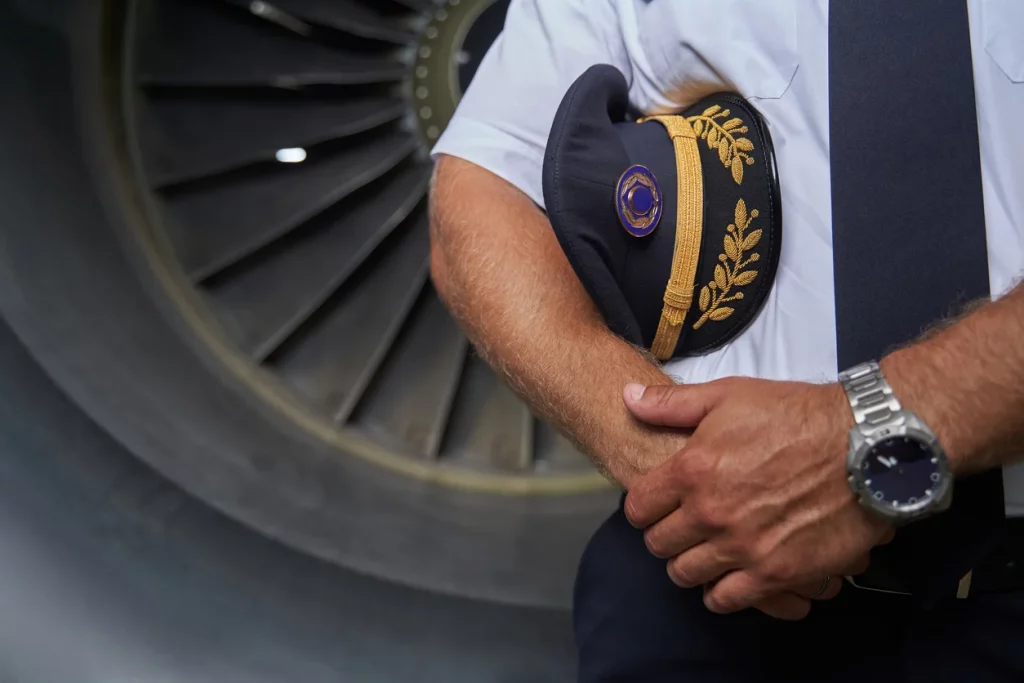
3. Key Milestones and Innovations in Breitling’s Flight Watches
a. The Birth of the Navitimer
As mentioned earlier, the Navitimer was one of the most significant milestones in Breitling’s history. Introduced in 1952, the Navitimer became an instant success among pilots and aviation enthusiasts due to its slide rule bezel, which allowed users to perform calculations for flight navigation, fuel consumption, and distance. It was an all-in-one tool that helped aviators stay on course and calculate important parameters while in-flight.
The Navitimer’s success was further bolstered by its partnership with the Aircraft Owners and Pilots Association (AOPA), which helped the watch gain acceptance within the broader aviation community. The watch became a symbol of aviation precision, and over time, Breitling evolved the design to include automatic movements, chronograph functions, and bold, legible dials that were both functional and aesthetically appealing.
b. The Evolution of Breitling’s Flight Watches: Aerospace and Avenger
Breitling’s focus on aviation continued into the 1980s with the introduction of the Aerospace. A quartz-powered watch, the Aerospace featured a digital display alongside its analog timekeeping. Its multifunctional features, such as an altimeter, compass, and stopwatch, made it the perfect tool for modern aviators.
In the 1990s, Breitling introduced the Avenger series, which was designed for extreme conditions, with models that incorporated diving capabilities, superior legibility, and rugged construction. This series showed Breitling’s versatility as a brand capable of blending aviation functionality with sports watch aesthetics.
4. Key Milestones and Innovations in Seiko’s Diving Watches
a. Seiko 62MAS: Japan’s First True Diver’s Watch
The Seiko 62MAS, introduced in 1965, marked the brand’s official entry into the diving watch market. This model featured a rotating bezel to track dive time and was water-resistant to 150 meters, a significant achievement at the time. The 62MAS’s precision, durability, and affordability made it a favorite among amateur and professional divers alike.
Seiko’s commitment to quality was evident in its innovations in materials, such as hardened steel and titanium, which allowed for greater durability in extreme underwater conditions.
b. The “Tuna Can” and Beyond
In the 1970s, Seiko introduced the now-iconic Tuna Can series, which featured an innovative monocoque case design for maximum protection against the harsh underwater environment. These watches, such as the Seiko 1000m Diver, became popular among military divers, deep-sea explorers, and professional divers.
Seiko’s diving watches continued to evolve through the 1980s and 1990s, with models such as the Seiko Prospex series offering greater water resistance, luminescence, and helium escape valves. The Seiko Monster series, released in the early 2000s, became a modern icon of diving watches, featuring a bold, rugged design and a high level of performance.
5. Comparing Breitling and Seiko: Brand Philosophy, Craftsmanship, and Cultural Impact
a. Breitling: Precision, Luxury, and Aviation Heritage
Breitling’s watches are synonymous with luxury and precision. The brand’s legacy of aviation and engineering excellence has made it a favorite among pilots, adventurers, and collectors. Breitling’s watches, such as the Navitimer, Chronomat, and Aerospace, combine precision craftsmanship, innovative design, and functional beauty to create timepieces that cater to those who value performance in the skies.
b. Seiko: Affordable Innovation and Diving Excellence
Seiko, on the other hand, has built its reputation on affordable luxury, reliability, and innovation. The brand has long been recognized for offering high-performance watches at accessible prices, making advanced diving technology and precision timekeeping available to a wider audience. Seiko’s diving watches are prized for their ruggedness, durability, and functionality in extreme environments.
Conclusion: Two Brands, One Legacy of Excellence
Breitling’s aviation heritage and Seiko’s diving innovations have shaped the horological world in distinct yet complementary ways. While Breitling continues to be the pioneer of flight watches, Seiko has solidified its position as the leader in affordable diving watches. Both brands, through their legacy and innovation, have set the stage for the future of precision timekeeping, offering timepieces that inspire adventure, exploration, and technical mastery.
Whether soaring through the skies or diving deep into the oceans, the flight watches of Breitling and the diving watches of Seiko will remain integral to the ongoing history of human exploration and watchmaking excellence.


